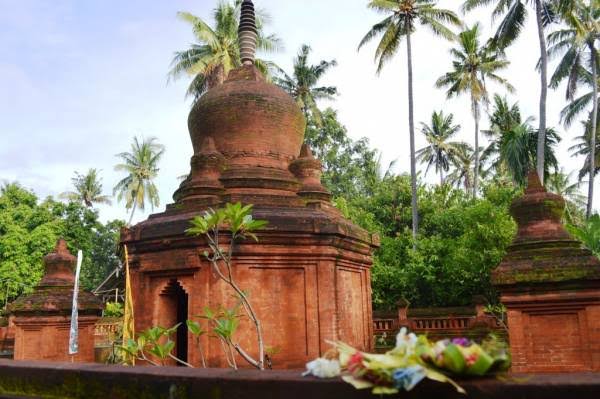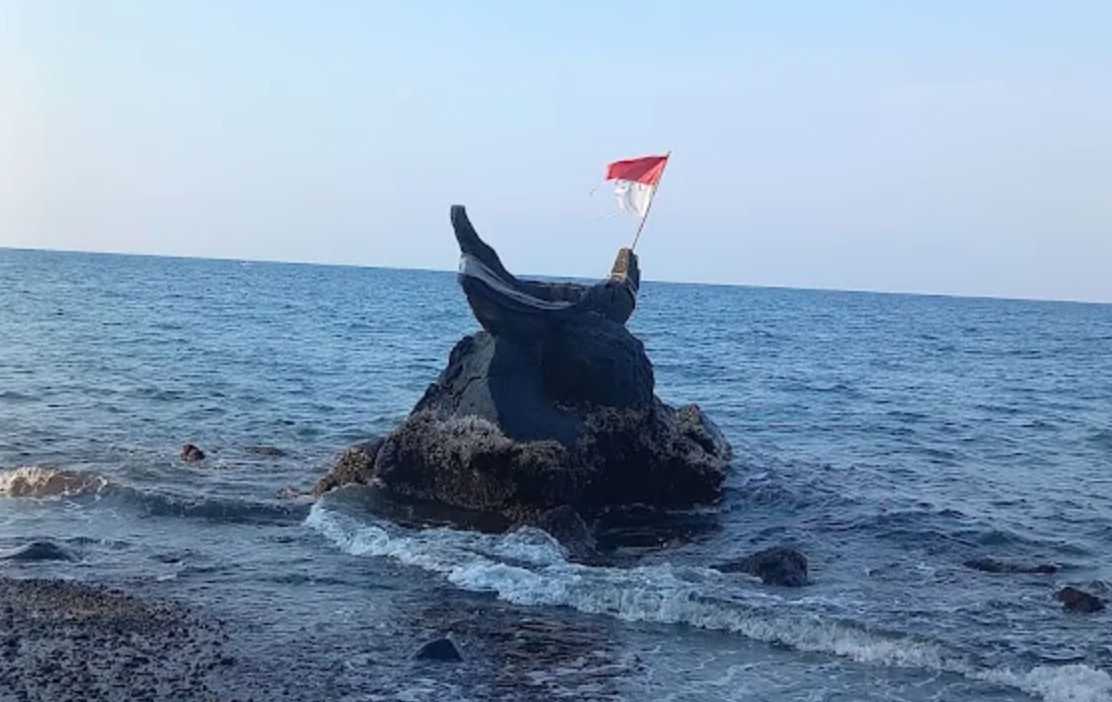The Kalibukbuk site, located approximately 300 meters south of the main road in Kalibukbuk Village, Buleleng Regency, Bali, is a significant historical site discovered in September 1994.
This site is identified as the remnants of a Buddhist Stupa. The first discovery occurred in 1991 when local residents uncovered a stupa relic and a clay seal while excavating for a swimming pool behind the Angsoka Hotel.
Three years later, in 1994, another set of artifacts was uncovered by a local named I Nengah Mawa while draining a well.
As the wall of the well collapsed, strange objects were revealed, including a brick structure suspected to be part of an ancient building. These artifacts were buried about one and a half meters below the ground’s surface.
The discovery was immediately reported to the Department of Culture by the landowner, A. A. Ngurah Sentanu.
Further investigation was conducted by the Denpasar Archaeological Center from 1994 to 2002.
The findings revealed that the stupa structure had been mostly damaged, with only the base remaining.
In the vicinity, decorative bricks with vine motifs and a Ganesha relief in a squatting position, with both hands raised above his head, were found, suggesting the site’s cultural fusion of Hindu and Buddhist elements.
The Kalibukbuk site was officially designated as a cultural heritage site on January 17, 2009.
In addition to the stupa relics, 35 clay seals were found at the site, inscribed with Buddhist mantras in pre-Nagari script and written in Sanskrit. One of the mantras reads: “Ye dharma heru prabha We hetun tesan tathagato Hyawodat tesan ceyo ni Rodha ewam wadi ma Ha Crammanah,” meaning, “The causes of occurrences have been explained by the tathagata (Buddha). The great master has also explained what one should do to eliminate those causes.”
This mantra is similar to one found on a seal from Pejeng, dating back to the 8th-9th century CE.
In addition to the seals, two seal fragments depicting reliefs of Dhyani Bodhisattva and Buddha, flanked by two Bodhisattvas with four arms, sitting in lalitasana on a lotus pedestal, were discovered.
The back of the statue features a prabhamacaala, or radiant halo surrounding the Buddha.
The site is now located along Jl. Raya Anturan, Singaraja, Buleleng District, Buleleng Regency, Bali.
The discoveries at Kalibukbuk offer valuable insight into the cultural and religious diversity in Bali’s past and stand as important evidence of the spread of Buddhist teachings in Indonesia. (BT)





